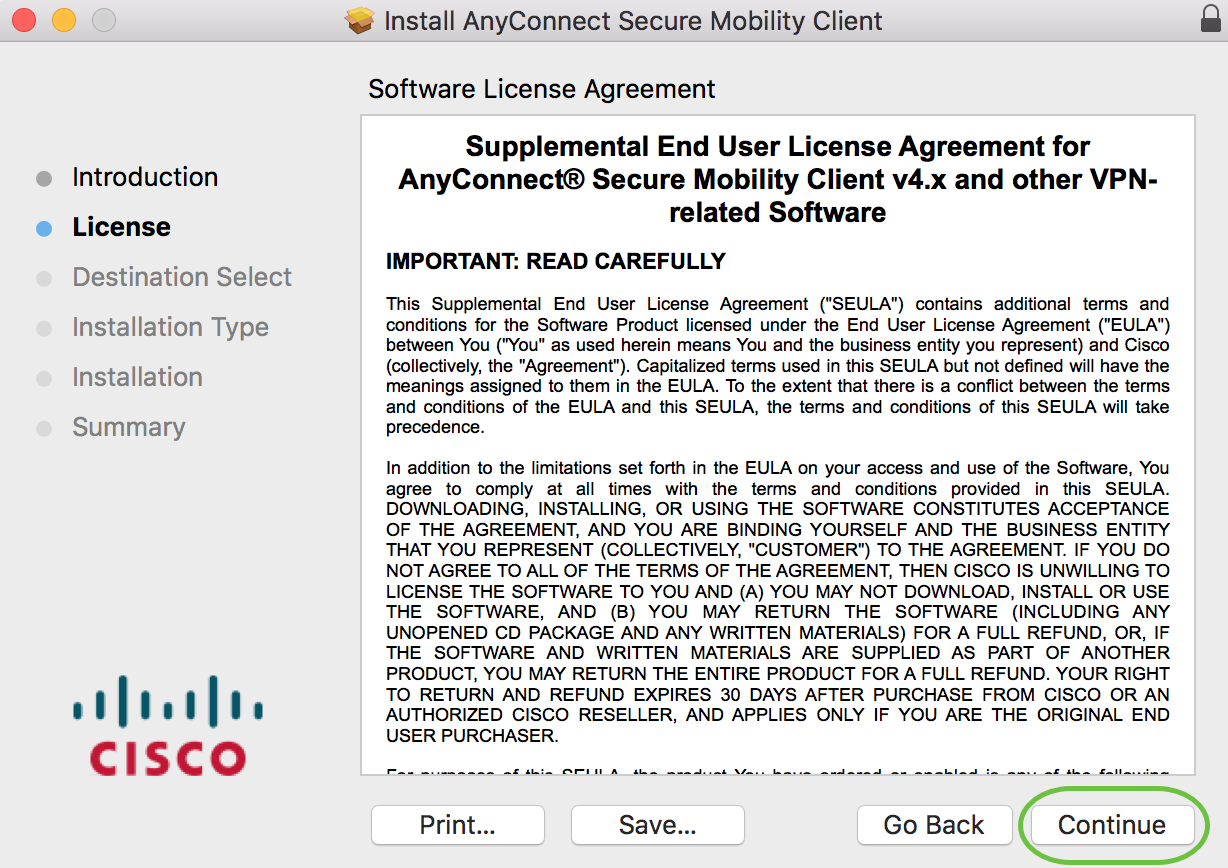When you are working offsite or are not connected to Jayhawk wireless, you will need to use KU’s VPN, KU Anywhere, to access the KU network remotely. Once you connect with the VPN, all the resources that are available to you while on campus will be available to you remotely. To get started, you’ll need to download the VPN software on your machine. Find additional information at technology.ku.edu/software/kuanywhere.
On a Mac, you can open it in Applications, but on Windows 10, I just searched for it in the Start Menu. In the dropdown field, type vpn.asc.ohio-state.edu - this address will be saved next time you want to connect. Oct 12, 2020 About the AnyConnect System Extension AnyConnect uses a network system extension on macOS 11, bundled into an application named Cisco AnyConnect Socket Filter. (This app controls the extension activation and deactivation and is installed under /Applications/Cisco.) The AnyConnect extension has the following three components.
Cisco Connect Download Windows 10
KU-Owned Computers:
Contact your unit/department's technology support staff for assistance installing the KU Anywhere software on KU-owned machines.
Personal Computers:
For personal machines, KU Anywhere can accessed by downloading and installing the software client. See the links for device-specific how-to information.
When using Cisco Anyconnect Secure Mobility Client for establishing VPN connections, one might see such frustrating error message:
AnyConnect profile settings mandate a single local user, but multiple local users are currently logged into your computer. A VPN connection will not be established.
or this one:
The Virtual Private Network (VPN) allows a University of Chicago community member to securely access The University’s network off campus, from anywhere in the world. Since some services are only available to students, staff, and faculty connected to the network, a VPN connection is essential to access those necessary tools and services. Download the Cisco AnyConnect Secure Mobility virtual private network (VPN) client package and the installation instructions for your operating system. After you have downloaded both files please use the instructions to install the Cisco Any Connect Secure Mobility VPN Client. º Web Installation Method (Windows Operating System Only). The new Cisco AnyConnect Secure Mobility Client supports Windows, Mac OS X, Linux and Samsung Knox enabled devices. It gives the administrators the ability to keep a track on the end-point application usage.
Cisco Anyconnect Save Connection Mac

VPN establishment capability from a remote desktop is disabled. A VPN connection will not be established.
Cisco’s documentation mention these limitations are specified in a profile XML file which is downloaded from the VPN server during the connection establishment.

Using SysInternal’s Process Monitor, it is possible to detect that this file is downloaded to the following path:
%programdata%CiscoCisco AnyConnect Secure Mobility ClientProfile[some name].xml
It turns out the file is downloaded by the Anyconnect Secure Mobility Client (vpngui.exe) and then analyzed. In order to bypass the restrictions imposed in the file, it is enough to use a simple application that monitors changes to that specific file and immediately replaces it with another file (where the restrictions are not present).
The two restrictions related to the error messages above are specified in the following nodes of the file:
<WindowsLogonEnforcement>SingleLocalLogon</WindowsLogonEnforcement>
<WindowsVPNEstablishment>LocalUsersOnly</WindowsVPNEstablishment>
Cisco Anywhere Connect Mac
A copy of the current profile XML file could be made where the nodes above are commented out. Then the aforementioned application will overwrite the downloaded XML file with the “custom” version. A sample source code for such application follows (C#):
Note: it might be necessary to run the application with elevated privileges. Free house plan software for mac.
